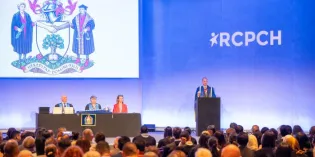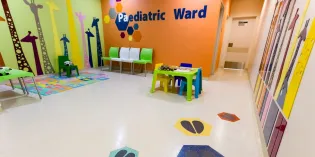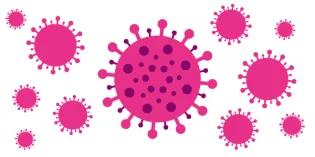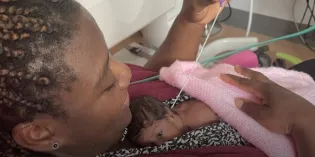The DNC criteria is relevant to all UK paediatric and neonatal health care practitioners and other groups involved in the regulation or practice of the healthcare of critically ill neonates, young infants and adolescents.
The AoMRC A Code of Practice for the diagnosis and confirmation of death (PDF) includes:
- Appendix 1 which summarises the changes from the previous 2008 AoMRC 'Code of Practice'.
- Appendix 2 which includes the criteria for the diagnosis of DNC in infants, children and adolescents, which was updated by the DNC RCPCH working group. Appendix 2 is complemented by a methodology report which can be downloaded at the bottom of this page.
The Faculty of Intensive Care Medicine (FICM) has educational materials and implementation resources, including testing forms.
- Background: 2008-2025
-
2008 - The AoMRC published A Code of Practice for the Diagnosis and Confirmation of Death, which included an Appendix with a summary of the report published in 1991 by the British Paediatric Association (now RCPCH) titled the Diagnosis of Brain Stem Death in Infants and Children: A Working Party report. The report excluded infants under 2 months due to a lack of evidence surrounding the presence of the required criteria in this group.
2015 - The RCPCH published a clinical guideline on the Diagnosis of death by neurological criteria (DNC) in infants less than two months old. After a review of the latest evidence, it was concluded that there was sufficient evidence to support the clinical diagnosis of DNC on infants under 2 months of age when certain preconditions were fulfilled while stating that ancillary tests did not help in the DNC diagnosis in this age group (2015 RCPCH guideline archived). The RCPCH 2015 DNC guideline was developed in accordance with the RCPCH Setting standards for the development of clinical guidelines in paediatrics).2023 - The RCPCH published further guidance to highlight context in which the apnoea test and ancillary investigations might not be valid (archived).
2025 - The RCPCH updated the criteria on the diagnosis of DNC in infants children and adolescents, which is now integrated into the 2025 AoMRC A Code of Practice for the Diagnosis and Confirmation of Death in Appendix 2.
If you wish to reuse content, see our rights and permission for reuse of RCPCH-copyrighted material.










